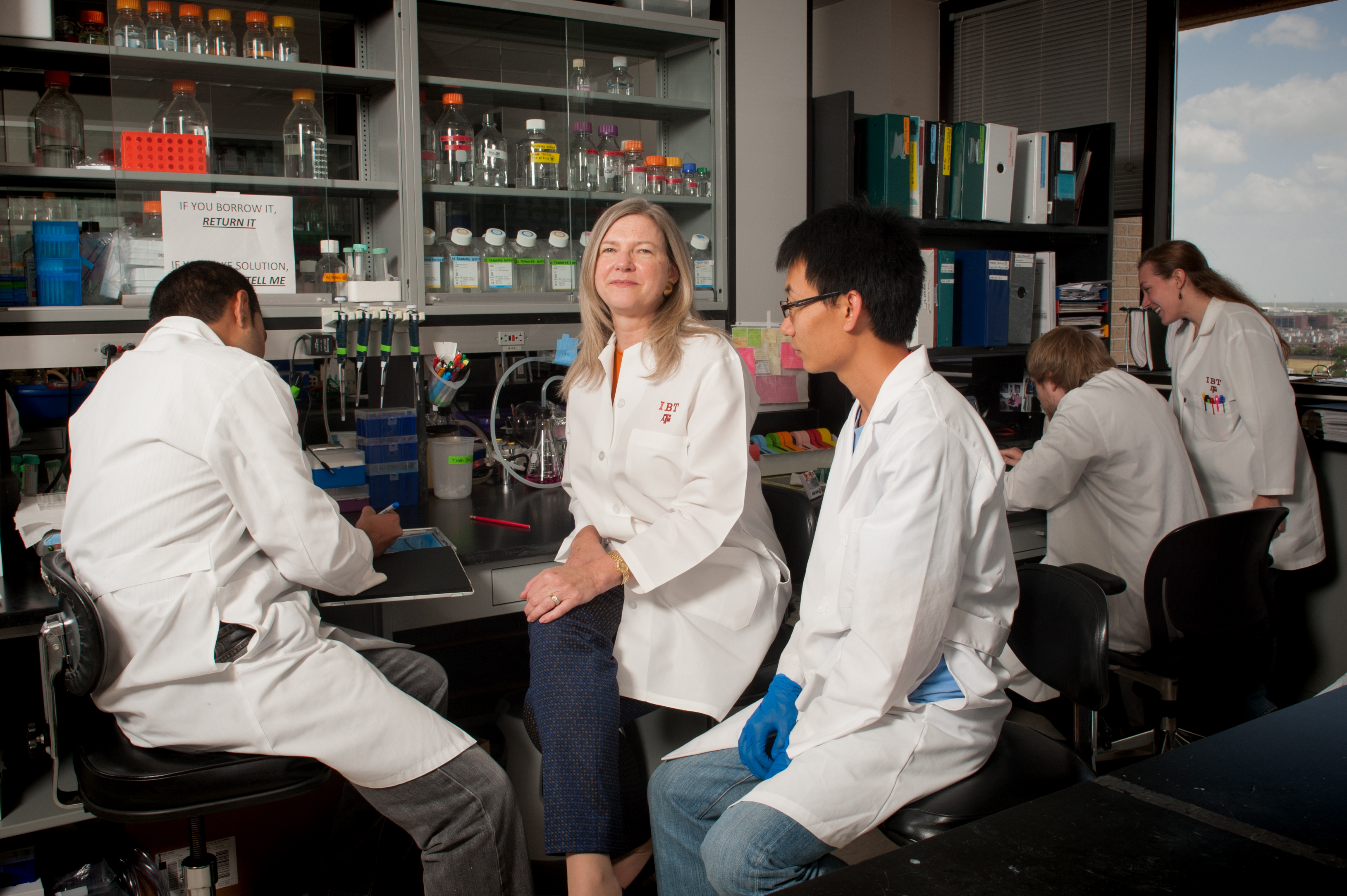Obesity: Study shows you may be destined for it

Inactivity and unhealthy eating habits are obvious contributing factors to obesity. To shed unwanted pounds, change your diet and increase activity. But research from the Texas A&M Health Science Center’s Institute of Biosciences and Technology (IBT) finds it may not be that simple.

With grant funding from the National Institute of Environmental Health Sciences, one of the National Institutes of Health, Cheryl Walker, Ph.D., director of the Texas A&M IBT, and a team of colleagues from across Houston’s Texas Medical Center found the likelihood of adults developing obesity may be determined before birth.
“The DNA we inherit is like computer hardware. What runs the ‘computer’ is the software – the epigenome. In early life, as embryos or infants, this epigenetic programming is being “installed” on the genome of developing cells and tissues,” Walker explains. “Just like a computer, if the epigenetics – or software – isn’t installed correctly, the computer – or DNA – doesn’t work optimally.”
During this time in utero development and epigenetic programming, Mother Nature steps in and prepares the developing fetus to adapt and survive in its future environment.
“If while a woman is pregnant, her environment is nutrient-poor, there are cues given to the developing fetus and the epigenetic software modifies slightly so that after the child is born, he or she is able to survive in an environment where food is in short supply,” Walker says.
Sometimes, however, there is a disconnect between the cues given to the fetus and the actual environment. This disconnect can increase risk in adulthood for metabolic diseases, including obesity, diabetes, cardiovascular disease and cancer.
“If the programming tells the developing child that the environment is nutrient-poor and the child is born into a nutrient-rich environment, that causes a disconnect and results in a greater risk for disease,” Walker says.
A second area of the research focuses on environmental chemicals, specifically endocrine disrupting chemicals (EDCs), which are found in many everyday products, including plastic bottles, metal food cans, detergents, flame-retardants and pesticides. This study is the first to look at the effect EDCs have on the liver, the most central organ in total body nutrition.
“Results show even a short exposure to EDCs early in life can disrupt the ‘install’ of the epigenetic software, causing a ‘reprogramming’ of the epigenome and increasing susceptibility to disease in adulthood,” Walker says.
In a complementing study, Walker and team used a rodent model to study the long-term effects of exposure to EDCs early in life. Results show that animals exposed to EDCs shortly after birth exhibited life-long changes in their epigenome. As a result, they were at much greater risk for uterine cancer as adults and also became obese. If these animals’ calories were restricted by 30 percent, the risk of cancer decreased dramatically.
The findings illustrate that lifestyle interventions can potentially reverse the bad “reprogramming” by EDCs to decrease the risk of disease in adulthood.
The team plans to follow test subjects in the current study throughout life, focusing on how the endocrine disrupters are “talking” to the epigenetic software that causes those animals to become obese. The findings may have greater implications for the future of obesity research.
“First, it will be important to ensure vulnerable children, infants, and those still in the womb are not exposed to EDCs,” Walker says. “Secondly, research can move toward pinpointing specific genes that are the target for this programming and consequently develop biomarkers to identify individuals that are at a potential higher risk for disease.”
Preliminary data in this area is promising. They may have identified a specific gene, a master regulator of metabolism, which seems to be the target of the epigenetic programming. Findings show this gene’s expression is dramatically altered in adult animals after coming in contact an endocrine disruptor for only one day during development.
Moving forward, they will build on the research to test lifestyle interventions, such as diet and exercise, to determine the possibility of resetting the epigenetic programming back to normal, ultimately decreasing the risk of disease.
“Early life development is such a critical time for ‘installation’ of epigenetic programming that is carried with us throughout life,” Walker explains. “This research is a perfect example of the power of team science, which allows us, as experts in our respective fields, to make quantum leaps together to better understand the environmental causes of disease.”
The cross-institutional team also includes Bert O’Malley, M.D., professor and chair, and Michael Mancini, Ph.D., professor, both in the department of molecular and cellular biology at the Baylor College of Medicine and Mark Bedford, Ph.D., professor in the department of molecular carcinogenesis at the University of Texas MD Anderson Cancer Center.
Media contact: media@tamu.edu


